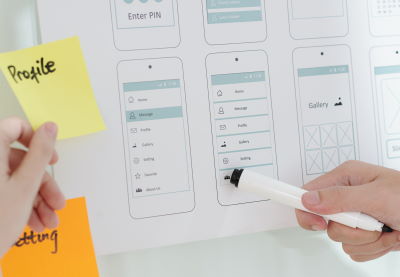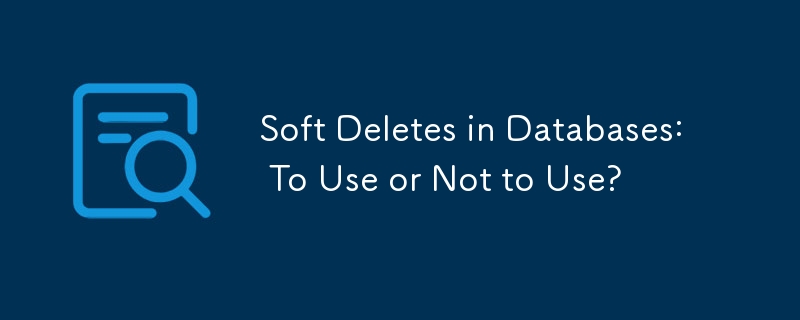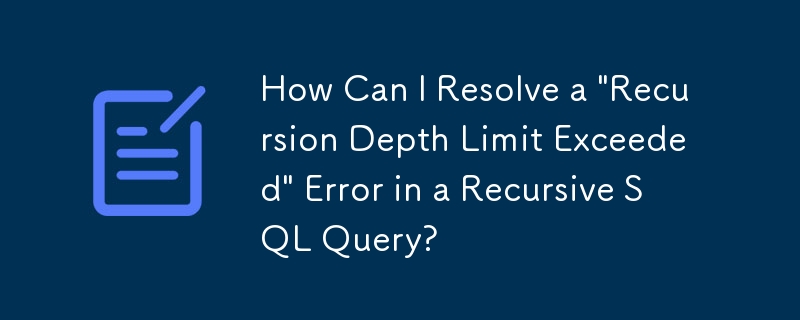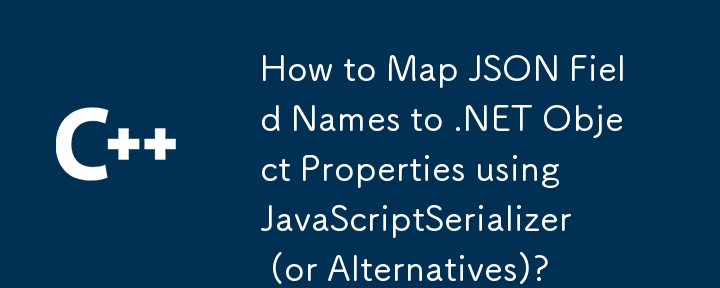Found a total of 10000 related content

How do I use the element to represent a section of navigation links?
Article Introduction:The key to using elements to represent navigation link areas is semantics and clear structure, usually in conjunction with organizational links. 1. The basic structure is to put the parallel links in and wrap them inside, which is friendly to auxiliary tools and is conducive to style control and SEO; 2. Commonly used in or, for placing main navigation or footer link collections; 3. A page can contain multiple areas, such as main menu, sidebar or footer independent navigation.
2025-06-24
comment 0
764

How to Create a Drop-Down Nav Menu With HTML5, CSS3, and JQuery
Article Introduction:This tutorial demonstrates building a responsive dropdown navigation menu using HTML5, CSS3, and jQuery. We'll cover the HTML structure, CSS styling, and jQuery functionality to create a smooth and user-friendly experience.
Project Setup:
Create a
2025-03-04
comment 0
1187

How to use CSS Grid and Flexbox together tutorial
Article Introduction:CSSGrid and Flexbox each have their own expertise, and the best results are used together. Grid is a two-dimensional layout that is suitable for the overall page structure, such as the arrangement of the header, sidebar, main content area, and footer; Flexbox is a one-dimensional layout that is more suitable for internal arrangement of components, such as navigation bar, button group, card list, etc. For example, use Grid in the middle of the three-column layout and then block up and down, and use Flexbox to automatically align several buttons in a row. The actual combination method is: the outer container uses display:grid to define the overall framework, and the child elements are arranged using display:flex in each area. Common structures include the entire page using Grid to divide blocks, and the navigation bar, button group and card list are aligned with Flexbox. Note
2025-06-27
comment 0
782

What are some common semantic HTML elements (e.g., , , , , , , )?
Article Introduction:Using semantic HTML elements not only improves code readability, but also enhances structural clarity, accessibility and SEO effects. 1. The header of a page or block often contains titles, navigation or logo; 2. Package main navigation links, such as the top menu or sidebar; 3. Define the unique main content area of ??the page and cannot be nested in other semantic tags; 4. Organize content blocks with titles to represent independent content units, such as blogs or product cards; 5. Place footer information, such as copyright notices or related links. Using these tags rationally can help build a clear-cut and easy-to-understand web page.
2025-06-21
comment 0
245

How to Create a CSS3 Blurred Text Link Effect
Article Introduction:Detailed explanation of the effects of fuzzy text in CSS3 and FAQs
Key Points
CSS3 can create blur text effects with transparent text colors and text shadows, but not all browsers support the text-shadow property. In this case, you can use Modernizr or write custom text shadow detection code as a workaround.
A pleasant effect can be achieved for the navigation menu by smoothly blurring the links in and out while hovering or focusing. This involves defining a "blur" class that can be applied to any link and then using a CSS style that can be applied in all browsers.
When creating blurred text effects, be sure to pay attention to accessibility and visibility issues. In addition, the third text shadow can be adjusted by adjusting
2025-03-04
comment 0
457

how to use System Information tool
Article Introduction:The SystemInformation tool can be used to quickly view computer hardware, software, and network configuration information. On Windows, you can enter msinfo32 through the run window, search for "System Information" or start through the command prompt/PowerShell; on macOS, you can open it through "Applications → Utility" or enter "System Report" through the Apple menu. The left side of the interface is the classification navigation, and the detailed information is displayed on the right side. 1. Check the hardware configuration: including processor model and core number, memory capacity and frequency, graphics card model and driver version, hard disk type and health status, etc.; 2. Check the software environment: including operating system version, installed programs, startup items, service list and driver status; 3. Network
2025-07-15
comment 0
694


Dave The Diver: How To Catch Spider Crabs
Article Introduction:In Dave The Diver, there are some creatures that are not easy to catch. Or, catch alive that is. The spider crab is one of those very species, making it seem like the only way to bring these crustaceans back up to land is to viciously crack them up w
2025-01-10
comment 0
798

Prepare for Interview Like a Pro with Interview Questions CLI
Article Introduction:Prepare for Interview Like a Pro with Interview Questions CLI
What is the Interview Questions CLI?
The Interview Questions CLI is a command-line tool designed for JavaScript learners and developers who want to enhance their interview
2025-01-10
comment 0
1425

Soft Deletes in Databases: To Use or Not to Use?
Article Introduction:Soft Deletes: A Question of DesignThe topic of soft deletes, a mechanism that "flags" records as deleted instead of physically removing them, has...
2025-01-10
comment 0
1044















